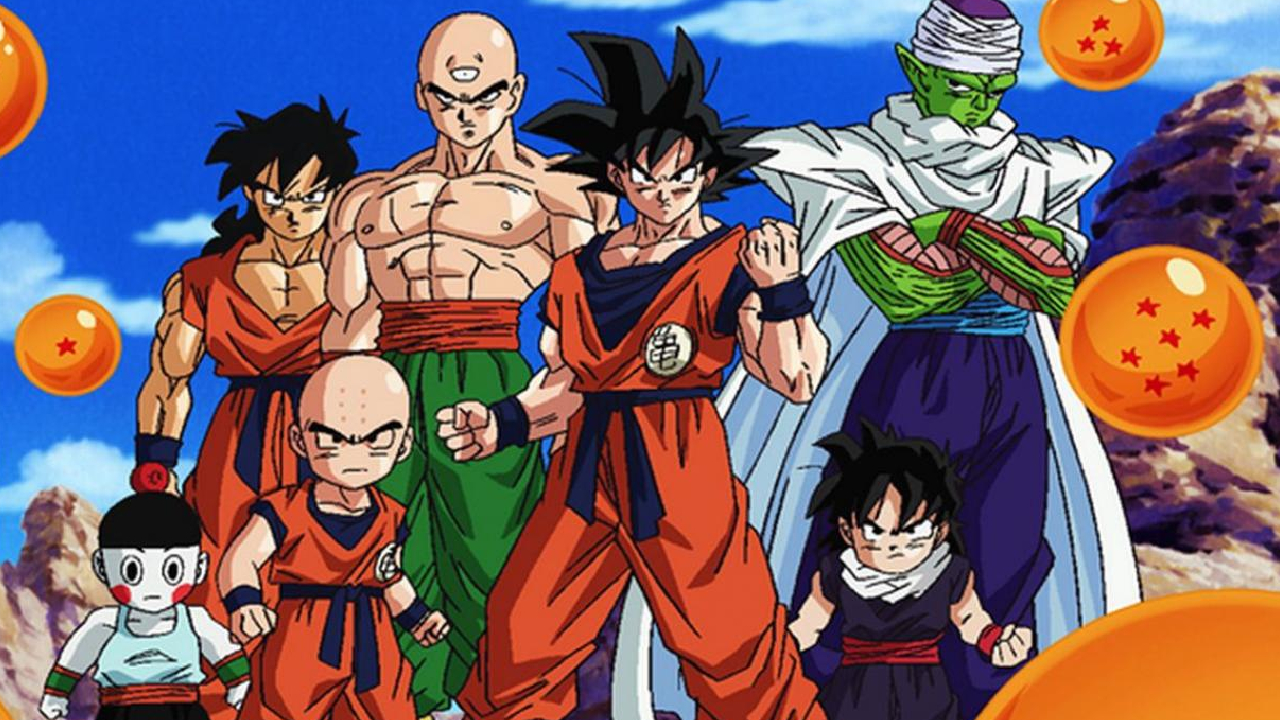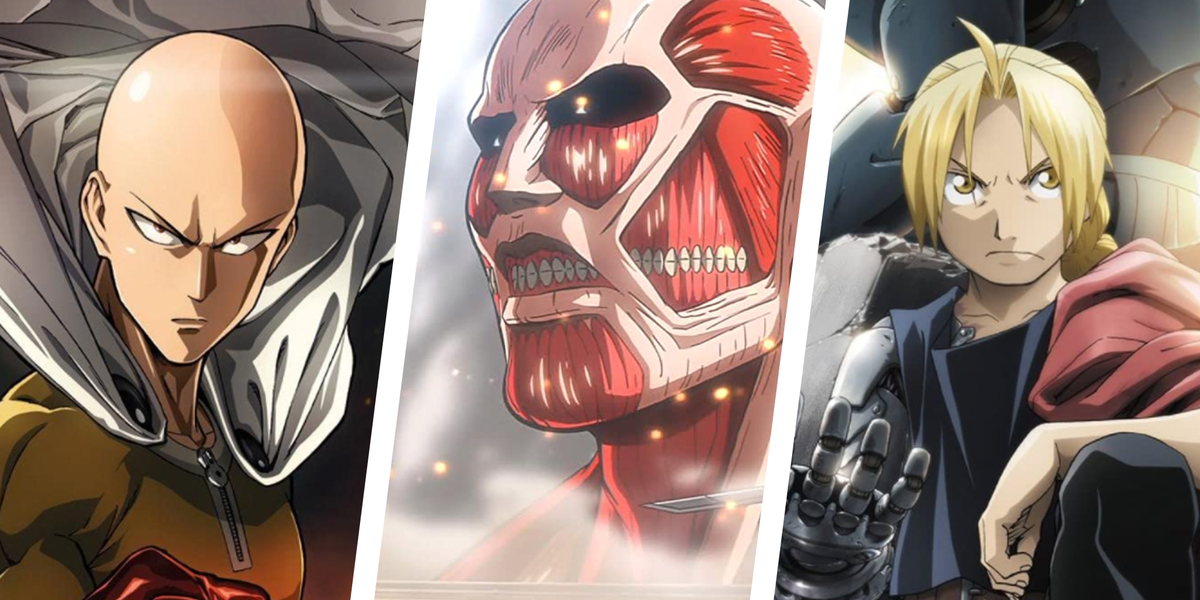For decades, Dragon Ball Z has stood as a towering colossus in the realm of anime, captivating audiences worldwide with its epic battles, unforgettable characters, and a narrative that spans the cosmos. Born from the creative genius of Akira Toriyama, Dragon Ball Z has etched its mark as not just a show but a cultural phenomenon. We embark on a journey through the long and storied history of Dragon Ball Z, tracing its origins, evolution, and enduring legacy that continues to resonate across generations.

The roots of Dragon Ball Z can be traced back to Akira Toriyama’s manga series Dragon Ball, which premiered in Weekly Shōnen Jump in 1984. The success of the original Dragon Ball led to the creation of its sequel, Dragon Ball Z, serialized from 1988 to 1995. Toei Animation, recognizing the manga’s immense popularity, swiftly adapted it into an anime that would soon become a global sensation.
Dragon Ball Z picks up five years after the events of Dragon Ball and follows the journey of Goku as he discovers his extraterrestrial origins and faces increasingly powerful foes. The narrative unfolds across sagas, each introducing new challenges, allies, and adversaries. From the Saiyan Saga to the iconic Frieza Saga and beyond, Dragon Ball Z weaves a tapestry of cosmic battles, underpinned by themes of friendship, growth, and the unyielding pursuit of power.

At the heart of Dragon Ball Z is the central protagonist, Goku. From the innocent boy with a monkey tail in the original series to the formidable Super Saiyan of Dragon Ball Z, Goku’s character undergoes a profound evolution. His journey from a pure-hearted warrior to a symbol of hope and resilience resonates with audiences, making Goku one of the most iconic characters in anime history.
While Goku takes center stage, Dragon Ball Z introduces a rich ensemble of characters, each contributing to the narrative in unique ways. From Vegeta’s complex redemption arc to the unwavering loyalty of Piccolo and the enduring friendship of Krillin, the Z Fighters form a tapestry of personalities, each leaving an indelible mark on the series.
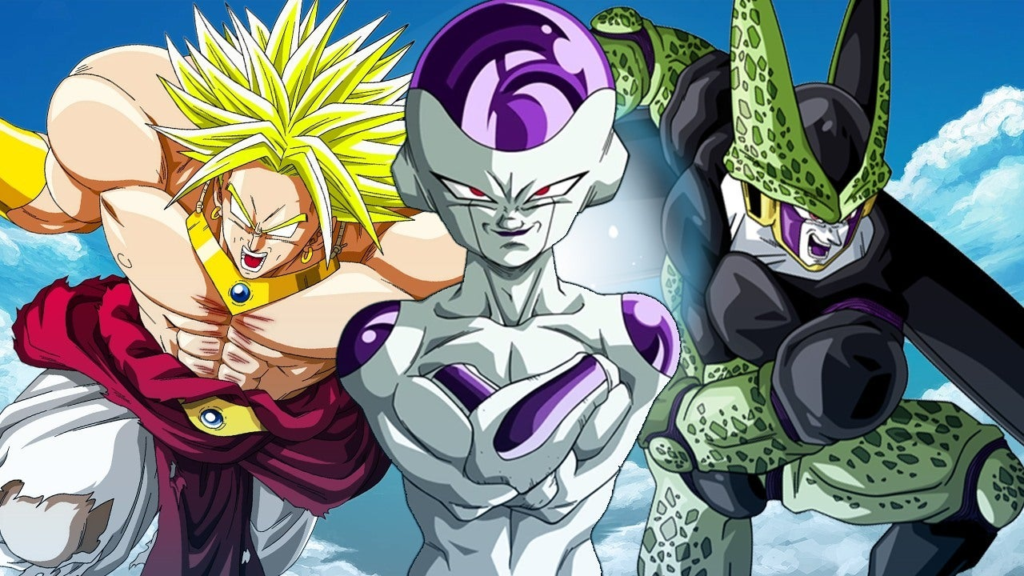
The strength of an anime often lies in its villains, and Dragon Ball Z boasts some of the most iconic antagonists in the medium. Frieza, with his tyrannical rule, marked the series with the intensity of the Saiyan and Namek Sagas. Cell’s perfect form brought a new level of terror, while Majin Buu’s unpredictable nature kept audiences on the edge of their seats. These villains weren’t merely adversaries for the Z Fighters but embodiments of cosmic threats that tested the very fabric of the universe.
Dragon Ball Z introduced the concept of Super Saiyan, a transformation that bestowed immense power upon Saiyan warriors. The iconic moment of Goku transforming into a Super Saiyan for the first time during the Frieza Saga remains etched in anime history. This transformative power became a symbol of overcoming limits, and subsequent sagas introduced even more powerful forms, pushing the boundaries of what the Z Fighters could achieve.
Dragon Ball Z wasn’t confined to Japan; it became a global phenomenon, captivating audiences across continents. The series’ unique blend of action, humor, and emotional depth resonated with viewers of all ages. The Dragon Ball Z phenomenon manifested in merchandise, video games, and a dedicated fanbase that transcended cultural boundaries.
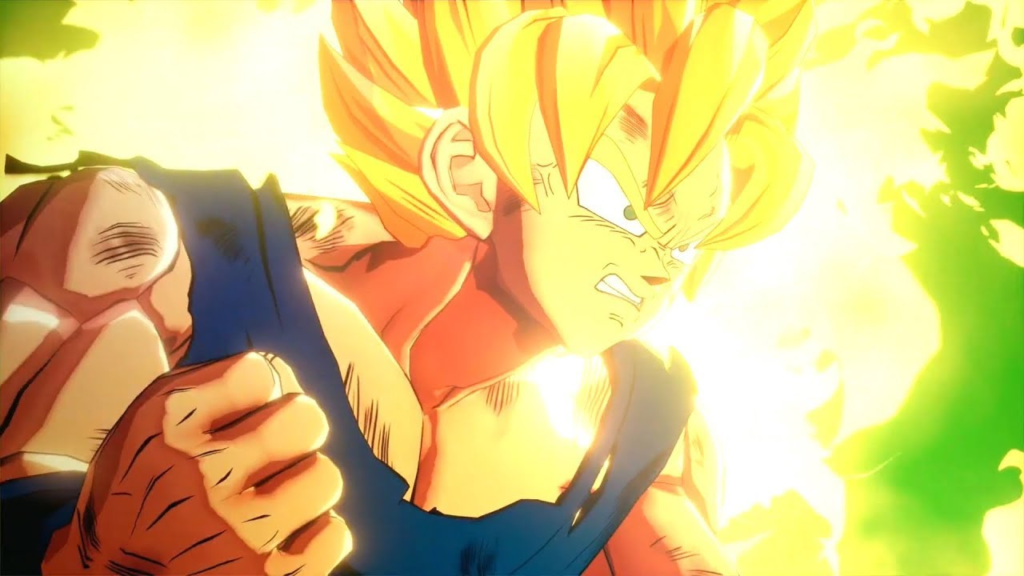
In the late ’90s and early 2000s, Dragon Ball Z found a new audience thanks to its inclusion in Toonami, Cartoon Network’s anime programming block. The dubbed version, featuring iconic voices like Sean Schemmel as Goku, catapulted the series to newfound popularity in the West. The Toonami era solidified Dragon Ball Z as a cornerstone of Western anime fandom.
Beyond the original anime, Dragon Ball has evolved into a sprawling franchise. Sequels, spin-offs, and feature films have expanded the lore, introducing new characters and exploring untold stories within the Dragon Ball universe. Dragon Ball Super continued Goku’s adventures, and theatrical releases like Dragon Ball Super: Broly brought the series to new heights of visual spectacle.
Dragon Ball Z made a huge impact on the landscape of animation, influencing subsequent generations of anime creators. Its impact is evident in the shonen genre, where themes of friendship, perseverance, and escalating power dynamics echo the spirit of Dragon Ball Z. The series paved the way for anime to become a global cultural phenomenon, opening doors for diverse stories and genres to captivate audiences worldwide.
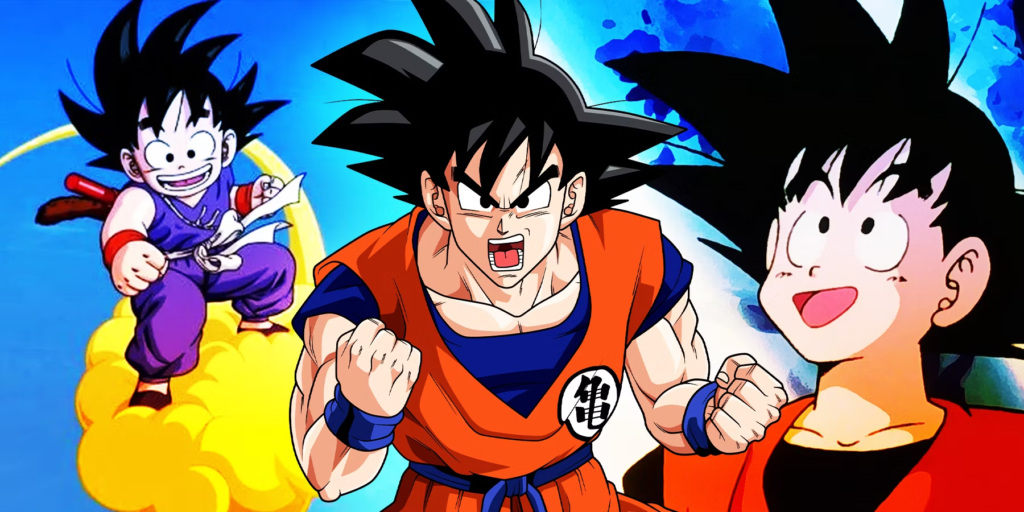
As we reflect on the long and storied history of Dragon Ball Z, it becomes clear that its legacy is more than just a series; it’s a cultural touchstone that transcends generations. The cosmic battles, unforgettable characters, and enduring themes of power and friendship have woven a narrative tapestry that resonates with fans across the globe.
Dragon Ball Z isn’t merely an anime; it’s a saga that has become ingrained in the collective consciousness of anime enthusiasts. Its influence reaches beyond the screen, shaping the landscape of animation and leaving an indelible legacy that continues to evolve with each new chapter in the Dragon Ball saga. As Goku’s adventures persist in various forms, Dragon Ball Z remains a timeless testament to the power of storytelling, friendship, and the enduring spirit of a Saiyan warrior who dared to defy limits.

